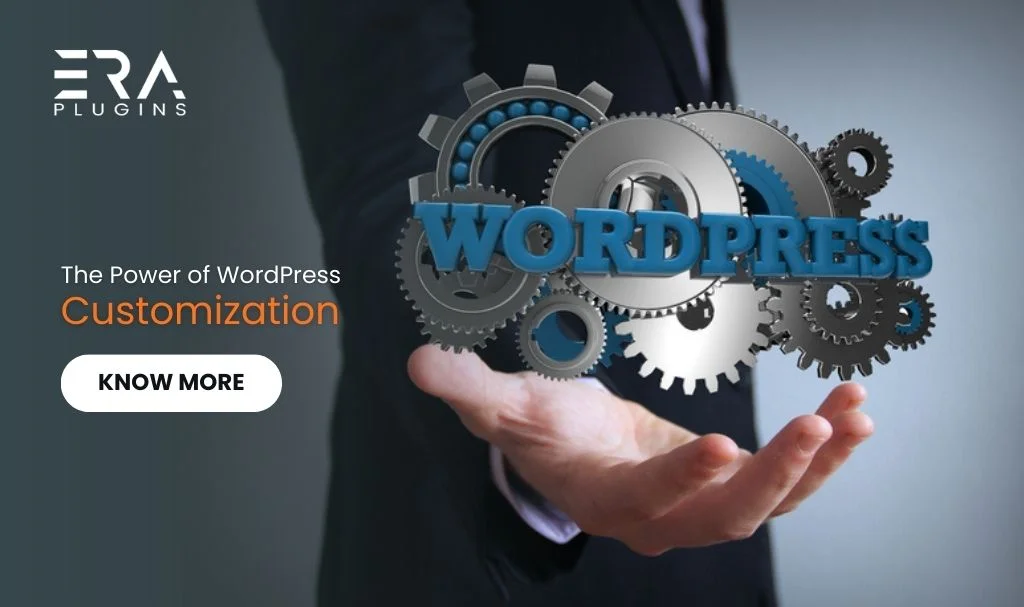WordPress offers a high level of customization, allowing you to create a unique and tailored website that aligns perfectly with your brand and goals. Here’s how you can harness the power of WordPress customization:
- Themes and Templates: Choose a theme that suits your website’s purpose and aesthetic. Customizable themes often come with various templates for different sections of your site.
- Customizing Colors and Typography: Most themes allow you to adjust colors and typography to match your brand. Consistency in design elements creates a polished look.
- Page Builders: Utilize page builder plugins like Elementor or Beaver Builder to create complex layouts without coding. These tools offer drag-and-drop functionality.
- Custom Widgets: Add custom widgets to your site’s sidebar, footer, or other widget-ready areas. These can include social media feeds, recent posts, or contact forms.
- Custom Menus: Create menus that reflect your site’s structure. Custom menus allow you to organize navigation based on your content.
- Header and Footer Customization: Many themes offer options to customize the header and footer sections, such as logo placement, contact information, and copyright text.
- Custom Post Types: WordPress allows you to create custom post types, such as portfolios, testimonials, or products, to better organize and display your content.
- Plugins for Functionality: Extend your site’s functionality with plugins. Whether it’s e-commerce, membership sites, or event calendars, plugins can add specific features.
- CSS Customization: If you have some coding knowledge, you can customize your site’s appearance further by adding custom CSS code.
- Child Themes: If you want to make extensive changes to a theme, consider creating a child theme. This preserves your changes even when the parent theme updates.
- Custom Page Templates: Some themes offer custom page templates for various purposes, like landing pages, galleries, or contact forms.
- Site Identity: Customize your site’s identity by adding a site title, tagline, and favicon that represent your brand.
- Widgets and Sidebars: Use widgets to add functionality and content to your sidebars or widget-ready areas.
- Background and Images: Customize your site’s background image or color to align with your brand identity.
- Responsive Design: Ensure your customizations are responsive, so your site looks great on all devices.
Remember that while customization offers creative freedom, it’s essential to maintain a balance between customization and user experience. Overly complex designs can sometimes detract from your website’s usability.





